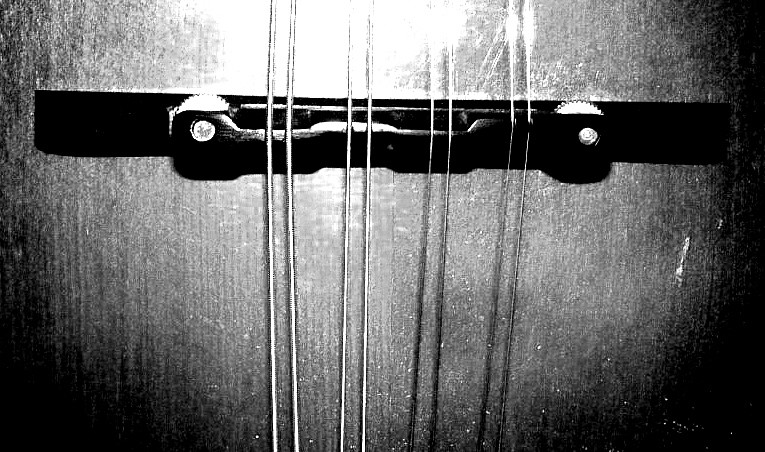 Re: Why is it nearly impossible to copy Loar?
Re: Why is it nearly impossible to copy Loar?
Adrian, your mention of using the material on hand speaks to the frugality of "factory production". Form and shape ( with all the subtleties you and other high caliber builders see and incorporate) is exactly what the guy at the drawing board had envisioned from the first drop of ink.
People wonder about "why the Florida is the shape and length it is, why the neck is a touch "off"" all the little things made for the full effect of grace and visual pleasure. The Florida design compliments the optical weight of the fullness of the scroll (somewhat) there is visual balance and artistry, design elegance which is lacking in some modern designs across current looks of many items. Face it, we do not use the fine penmanship which was much more impressed on children and adults either, now it's all done with a screen and keyboard. That's over simplified but, I think you get the drift.
Timothy F. Lewis
"If brains was lard, that boy couldn't grease a very big skillet" J.D. Clampett






 Reply With Quote
Reply With Quote



 ) is the spruce selection...
) is the spruce selection...






Bookmarks